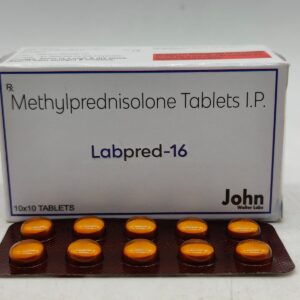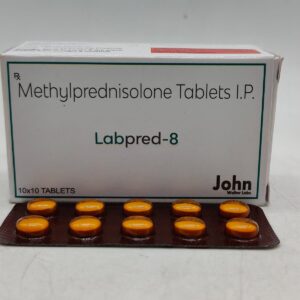Diabetes has long cast a heavy shadow across India, earning the country an uncomfortable reputation as the world’s diabetes epicenter. Today, with over 100 million Indians living with the condition, the nation continues to grapple with a growing metabolic crisis. Yet, amidst this mounting burden, a powerful new chapter is unfolding — one driven by the remarkable rise of GLP-1 receptor agonists, or GLP-1 shots, that are redefining diabetes care nationwide.
A Turning Point in India’s Metabolic Story
GLP-1 therapies represent a major medical breakthrough because they work with the body’s natural biology rather than pushing it beyond its limits. These drugs mimic a hormone produced in the gut — Glucagon-Like Peptide-1 — which plays a key role in blood sugar regulation, appetite control, and digestion. By enhancing the body’s own metabolic signals, GLP-1 shots help reduce glucose levels, promote weight loss, and support long-term metabolic stability.
For Indian patients, many of whom struggle with central obesity, insulin resistance, and stressful lifestyles, this approach offers a more holistic solution. It addresses the “why” behind their diabetes, not just the “what.”
Why GLP-1 Shots Are Gaining Momentum
One of the biggest appeals of GLP-1 shots is their convenience. Many newer formulations require only one injection per week, a major relief for patients accustomed to daily pills or multiple insulin injections. These long-acting versions, combined with their metabolic benefits, have made GLP-1 therapies increasingly popular among both physicians and patients.
But the real game-changer lies in their broader impact:
- Lower HbA1c levels within weeks
- Steady weight loss, especially around the abdomen
- Reduced cravings, helping patients manage diet more naturally
- Improved insulin sensitivity
- Potential cardiovascular benefits, crucial in a country where heart disease and diabetes often go hand-in-hand
For many, these therapies are providing the first sense of control in years.
India’s Growing Role in the GLP-1 Movement
India is not just a passive participant in this revolution — it’s becoming a major contributor. Leading domestic pharmaceutical companies are stepping up to develop biosimilars, expand manufacturing facilities, and invest in research to make GLP-1 therapies more accessible. As global demand surges, India’s strong production capabilities could drive down costs and open doors for millions of patients.
Still, the biggest hurdle remains affordability. GLP-1 shots are currently expensive for many families, especially those without comprehensive insurance. Patient advocacy groups continue to push for greater government support and inclusion of these drugs in national health schemes, which could dramatically improve accessibility.
A Shift in Treatment Philosophy
The rise of GLP-1 therapies has also sparked a shift in how Indian clinicians approach diabetes. Instead of chasing glucose readings alone, they are now embracing a more holistic, gut-focused view of metabolic health. This shift recognizes that diabetes is not merely a condition of sugar, but a condition of systems — appetite, hormones, fat distribution, lifestyle, and long-term cardiovascular risk.
GLP-1 shots offer a tool that aligns perfectly with this new philosophy.
The Road from Burden to Breakthrough
While affordability and awareness remain challenges, the promise of GLP-1 receptor agonists is undeniable. For the first time in decades, India’s diabetes narrative is expanding from burden to breakthrough — from managing symptoms to reclaiming metabolic health.
If the momentum continues, these therapies could usher in a new era where diabetes in India is no longer a life sentence, but a manageable, controllable condition powered by innovation, science, and hope.












